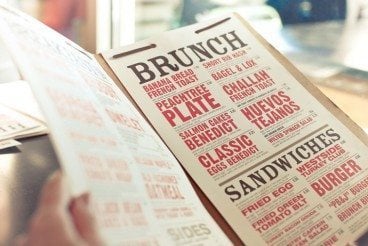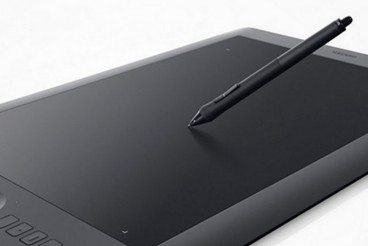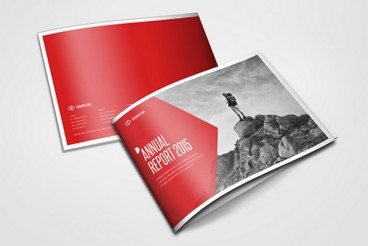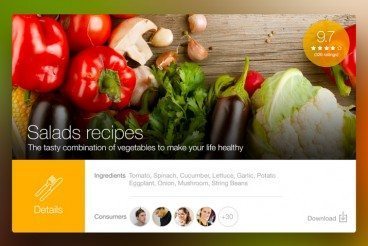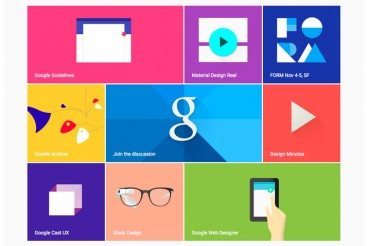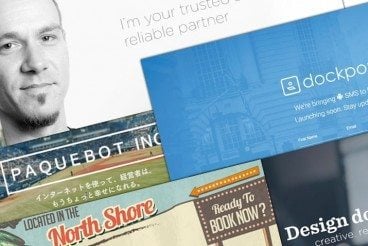
Business / 27 Mar 2015
Why Good Website Design Matters for Every Business
Almost every business or individual working in today’s market has a website. Sadly, a large number of these websites are poorly designed or come straight from a WordPress template; this is not going to help you stand out or get ahead.
Good website design is a must in today’s highly visual market. The way your site looks tells users whether they want to interact or do business with you in just a fraction of a second. One glance can turn someone into a customer, or force that person to click away. (As a bonus, today’s post is filled with website design inspiration from the Design Shack gallery. Enjoy!)
